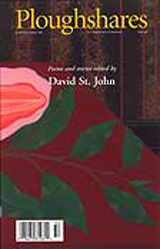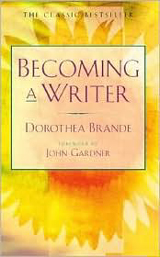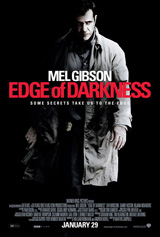In producer David O. Selznick’s Western romance Duel in the Sun—dubbed Lust in the Dust at the time of its 1946 release due to its overwrought sentimentality—“half-breed” Pearl (Jennifer Jones) is orphaned when her father kills her mother in a jealous rage and is sentenced to death. She’s sent to live with her father’s second cousin/former fiancée (Lillian Gish) , where she’s torn between two brothers—Jesse (Joseph Cotton), an educated gentleman, and Lewt (Gregory Peck), an unruly brute.
In my grad-school class on “Film and Approaches to Writing the Novel” with John Rechy, we watched Duel in the Sun and then turned our attention to writing exercises focusing on the difference between sentiment and sentimentality:
- Describe a person, male or female, of any age you choose, and convey a sense of his or her sensuality, through movement and gestures only. Avoid overtly sexual words.
- Write a passage involving a person, place, or situation and render it with sentimentality. Only by deleting (not substituting) certain words and/or phrases, convert the same passage into one that conveys sentiment. (Pathos vs. bathos.)
- Write a paragraph about a person or a place, or both, that begins with rich, even lush language. Gradually and progressively alter the language (sentences, phrases, words) so that by the end of the paragraph the prose has become spare, conveying the effect of fading out entirely.
- In three brief paragraphs, describe the same character, employing a different prose style in each paragraph. In all these paragraphs, the reader must be able to know that the same person is being described, but in altered language.
- Write a short scene or describe a person (each in a modern context) that evokes a myth or a legend. At the bottom of the page, identify the mythical or legendary antecedent you’ve employed.
- Write a passage, landscape, or interior in “Technicolor,” splashing it with vibrant colors. Only by deleting colors, render the scene in black and white.
The Mots Justes Series on Film and Approaches to Writing







